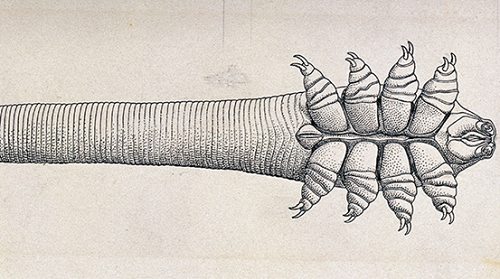Rosacea is a chronic inflammatory condition with an unknown cause. However, increasing evidence suggests that the development of papulopustular rosacea, which involves redness, bumps, and pimples on the face, may be linked to mites. The symptoms of this type of rosacea include persistent redness in the center of the face, bumps, and pustules that are slightly raised and appear red or yellowish.
Mites are microorganisms that are a natural part of the human ecosystem, living on the surface and inside the body. Two types of mites are associated with rosacea: Demodex folliculorum, which lives in hair follicles, primarily in the face and eyelids, and Demodex brevis, which lives in sebaceous glands.
Mites feed on skin cells and sebum, and they occupy sebum-rich areas of the face, especially the nose, cheeks, forehead, and chin. The relationship between mites and rosacea is not fully understood, but evidence suggests that they may be involved. For example, mites are active in the same areas of the face as rosacea, and the number of mites on rosacea patients is higher than on non-rosacea patients. In addition, large amounts of mites have been found in the bumps and pustules of rosacea patients.
There is also evidence to suggest that mites or related bacteria, such as Bacillus oleronius, may trigger an immune response in rosacea patients, leading to inflammation and the development of papulopustular rosacea. Antibiotics that target Bacillus oleronius have been shown to improve rosacea symptoms.
Rosacea can be classified into four types: erythrotelangiectatic rosacea, papulopustular rosacea, rhinophymatous rosacea, and ocular rosacea. Papulopustular rosacea is the type most closely associated with mites.
Some drug companies have developed treatments for rosacea that target mites, such as ivermectin 1%, a topical cream that has anti-parasitic and anti-inflammatory properties. Ivermectin has been shown to significantly improve moderate to severe papulopustular rosacea.

